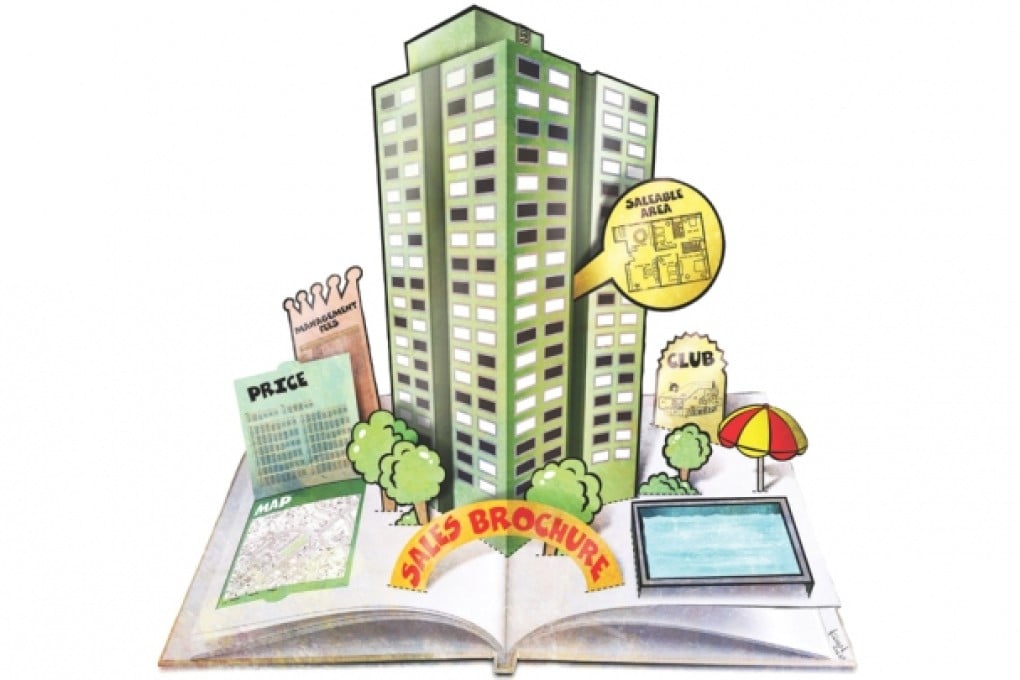Putting an end to gross abuses
New rules mean developers can no longer use 'gross floor area' when advertising flats, but there are still problems that need ironing out

For years, people buying into Hong Kong's red-hot property market paid for space that was not even in their flats as developers exploited a loophole that allowed them to inflate the advertised size of apartments.

A little over two months into the new regulatory regime, estate agents, surveyors and buyers are already noting the effects, not all of them expected.
The single most important aspect of the new Residential Properties (First-hand Sales) Ordinance is a requirement that developers ensure sales brochures for new residential projects specify the size of flats in terms of "saleable area", the usable space within the flat.
It brought to an end the questionable practice of using gross floor area, under which each flat in a development would be allocated, pro rata, a portion of common areas, including everything from lift lobbies and clubhouses to electricity meter rooms and rubbish collection areas.
The average efficiency ratio, calculated by dividing the saleable area by the gross floor area, of flats sold immediately before the rule change was 76 per cent, down from 93 per cent 30 years ago, according to Buildings Department figures. That offers a clue as to the extent to which developers had been abusing the loophole.
Lawrence Poon Wing-cheung, a spokesman for the Hong Kong Institute of Surveyors, said: "When all projects are quoted on the basis of saleable area, buyers will have a good idea which one is overpriced.